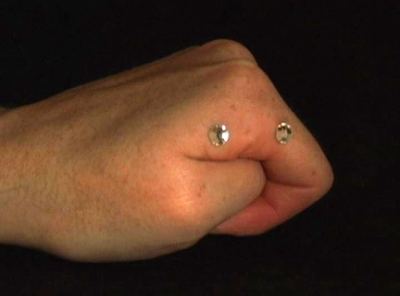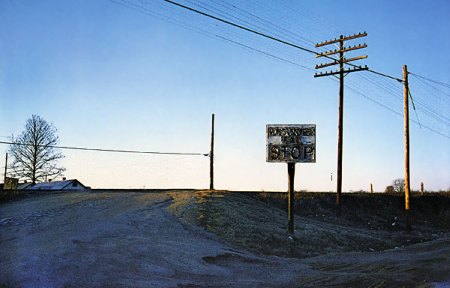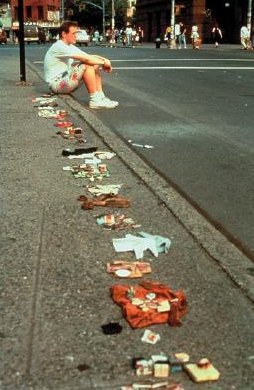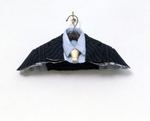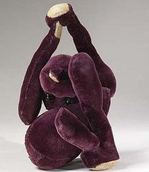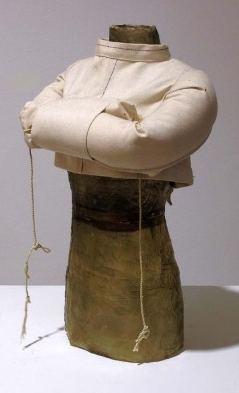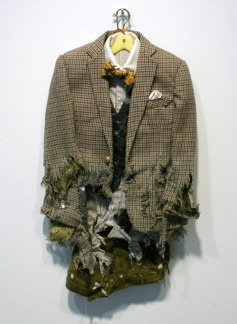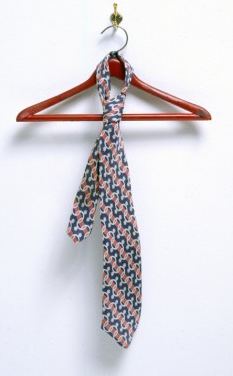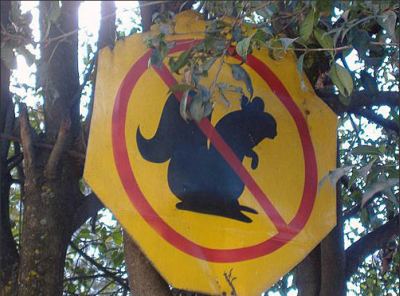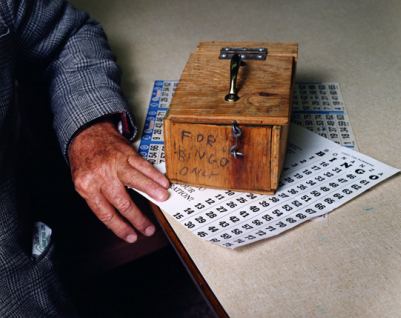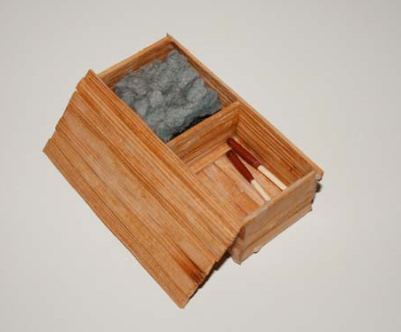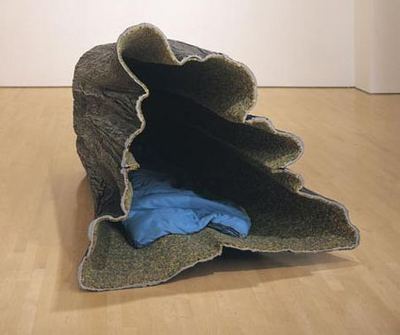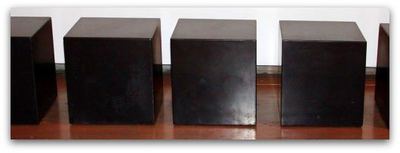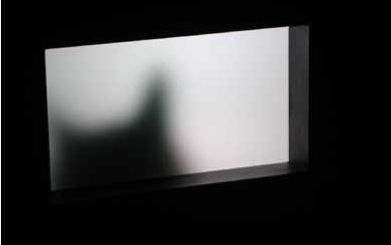In the catalog for The Puppet Show at the Frye (organized by the ICA), John Bell claims that a puppeteer frustrated by his unachievable desire to control people (Being John Malkovich) the “way he controls marionettes…has nothing to do with real puppetry and is instead a misdirected metaphor about puppets: the idea that the goal of puppet performance is complete control of the object.”
The word “complete” saves the sentence, but not by much. Subtle undercurrents are not the ocean. A bottom is not a top, and a puppet directs nobody’s action, not even its own, especially not its own. One person peels the grape, the other eats it: When I say do it, hop to it.
But rules of puppetry are not rules of art. Art is not limited to the taking and/or giving of orders. It’s about doing what you can defend, which is, in this show, to muddy the waters.
Bruce Nauman’s Violent Incident (Man/Woman Segment) is puppet tennis, with actors. If violence is the ball, they bat it back and forth; both victims and aggressors.
Philippe Parreno and Rirkrit Tiravanija use puppets as art world stand-ins. Once artists establish a brand, can’t they disappear inside it, letting their puppets do the interviews? Who’s the puppet in this case, the figure sustained by strings or the journalist taking the interview seriously?
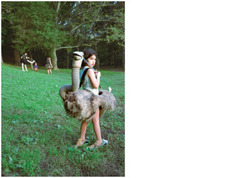 In Guy Ben Ner’s Elia: A Story of an Ostrich Chick (2003), the artist, his wife and two children descend the evolutionary latter to enact a drama that accurately portrays their lives – evolution as a slide guitar.
In Guy Ben Ner’s Elia: A Story of an Ostrich Chick (2003), the artist, his wife and two children descend the evolutionary latter to enact a drama that accurately portrays their lives – evolution as a slide guitar.
In Kara Walker’s Testimony: Narrative of a Negress Burdened by Good Intentions, whites are slaves whom blacks generously claim, only to be exhausted by the whites’ inability to rise to the rudiments of civilized behavior. It’s a shadow play in video, but not a simple exchange of roles. The whites are burdened by white stereotypes. In the end, power does not corrupt, and oppression does not ennoble.
Nayland Blake’s Tabletop Production of the Philosophy in the Bedroom is a history of the old world, its decadence and freedom preserved in fragments. Annette Messager’s Faire Paradeis a pair of child’s pajamas riddled with colored pencils – St Sebastian for preschoolers.
 If Pierre Huyghe’s “This is not a time for Dreaming” (with Puppet Heap) were the entire show, it would be worth seeing, even though the narrative cannot be gleaned without explanation. The narrative doesn’t matter. What does is the clear, haunting beauty of each scene as it slides from present to past. Art can break your heart.
If Pierre Huyghe’s “This is not a time for Dreaming” (with Puppet Heap) were the entire show, it would be worth seeing, even though the narrative cannot be gleaned without explanation. The narrative doesn’t matter. What does is the clear, haunting beauty of each scene as it slides from present to past. Art can break your heart.
That leaves, among a host of other terrific entries, the obvious one, reproduced on the cover of the catalog and with nearly every review: Dennis Oppenheim’s Theme for a Major Hit (1974).
To answer his own question – how to make performance art without being there? – he created a cadre of his own mini-me’s. Dressed in hip suits, they assume various unruffled positions till a timer goes off and they dance.
Puppets are rarely cool. They’re fall guys who are beat on the head but rise again, bits of their stuffing clinging to the cugel. Oppenheim’s make Andre Benjamin look awkward. They’re light on their feet, with a heavy-metal gleam in their gun-gray eyes.
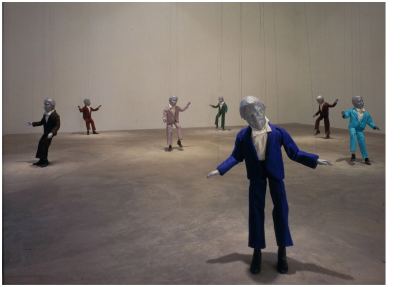 Jaymi Durate, a Frye guard who’s spent weeks with them, winces when the bell sounds and they thunder into action. She says their charm wears out, and she could be right. Give them five minutes and leave, on the other hand, they’re hot forever. Her best-of-show is Pierre Huyghe.’s. The more you see it, she said, the better it gets.
Jaymi Durate, a Frye guard who’s spent weeks with them, winces when the bell sounds and they thunder into action. She says their charm wears out, and she could be right. Give them five minutes and leave, on the other hand, they’re hot forever. Her best-of-show is Pierre Huyghe.’s. The more you see it, she said, the better it gets.



